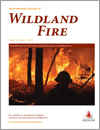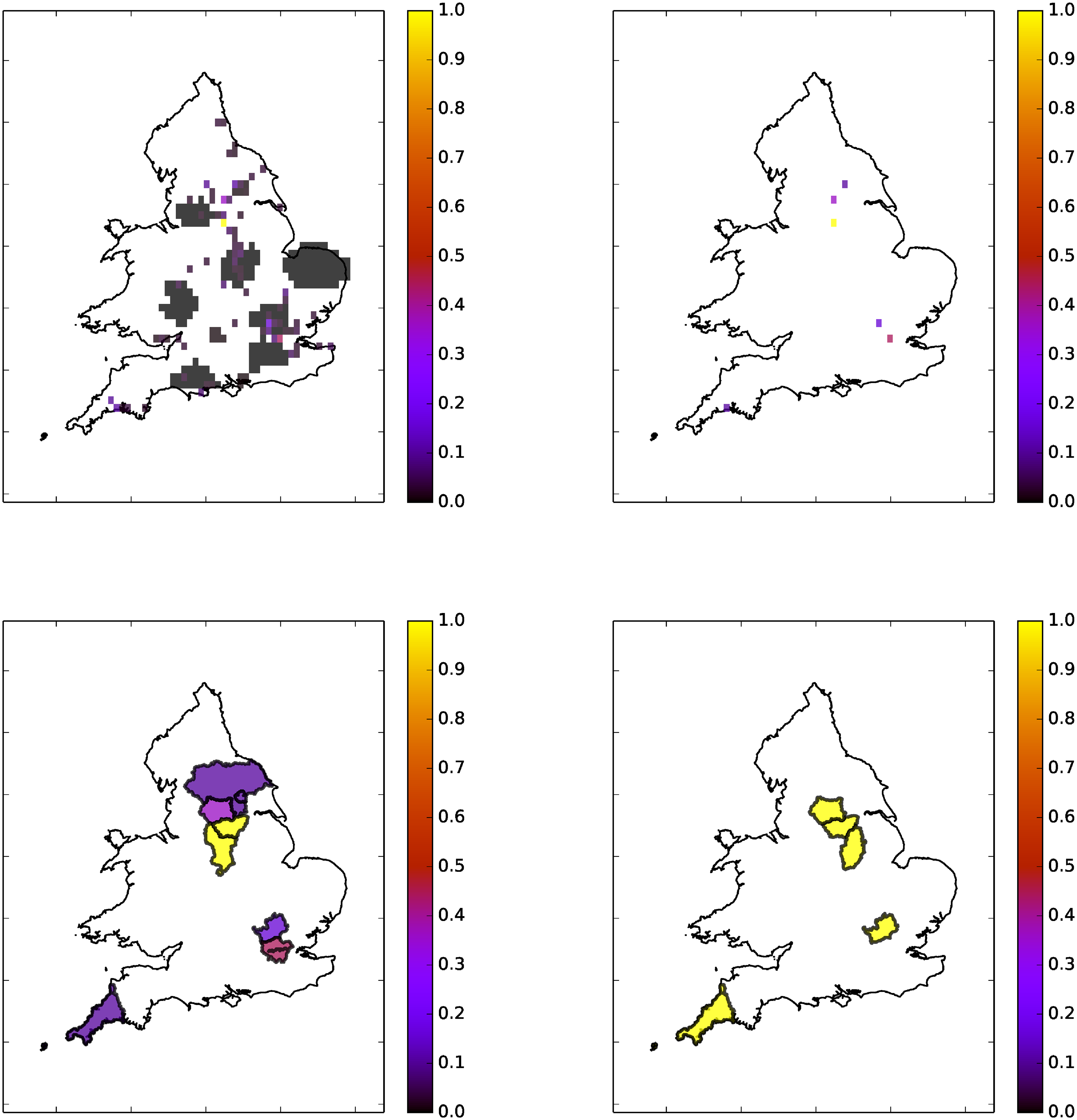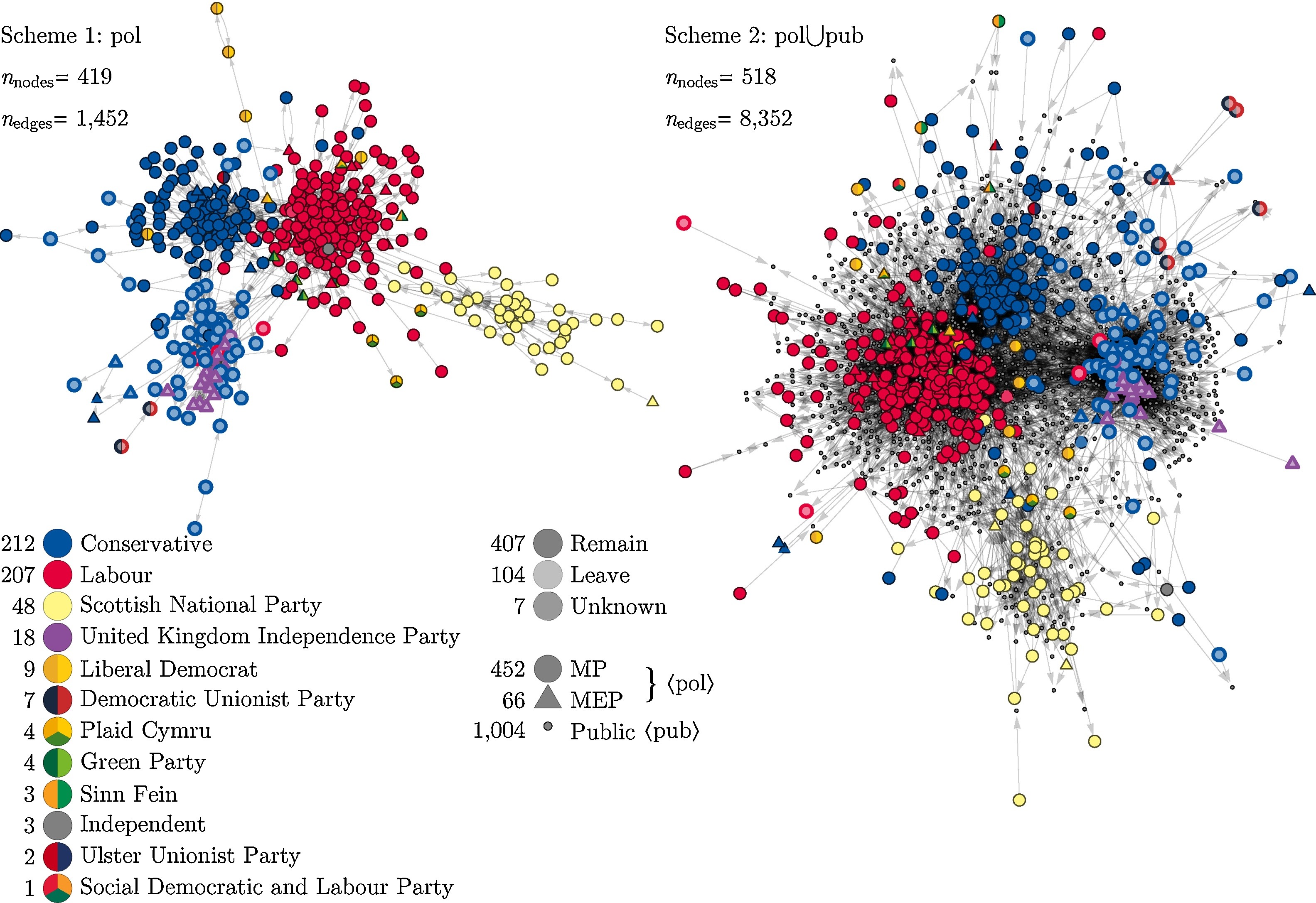Fully funded PhD position to start in September 2018 – apply now!
Online (mis)information and climate change: Using network analysis and machine learning to understand environmental debate

Despite widespread scientific consensus, climate change remains a controversial and politicised topic. On one side, environmentalists push for greater action to prevent and mitigate the effects of climate change. On the other, a well-funded climate denial lobby promote doubt and confuse public opinion. This debate is actively pursued in online news and social media, where denialist blogs and commentators attempt to discredit the scientific viewpoint with a steady stream of contrarian articles and social media posts.
This PhD project will apply advanced computational methods to understand the online media ecosystem around climate change. In particular, it will seek to characterise the role of misinformation in online climate debates, looking in particular at social media accounts, bots and fake news sites linked to the climate denial viewpoint. Within this topic area there is considerable scope for the student to shape the project towards their own interests. The methods utilised will depend on the exact research question chosen, but are likely to combine complex network analysis, machine learning and text mining.
Find out more and apply here: http://www.exeter.ac.uk/studying/funding/award/?id=3037
Deadline: 8th March 2018




